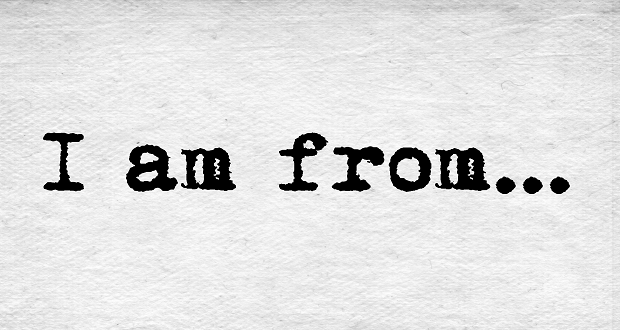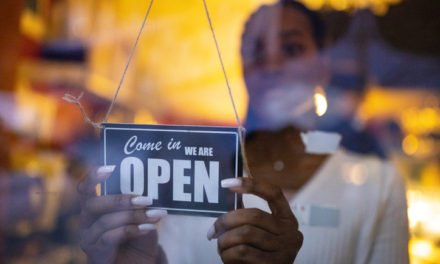
Facebook’s Cheryl Sandberg wrote Lean In before her husband’s untimely death last year. When the book was released, there was some criticism that she was out of touch with most women who do not have the means to hire full-time support to help to care for their children. Additionally, single mothers were quick to point out that they did not have a supportive partner as Sandberg did.
On Mother’s Day Sandberg admitted in a Facebook post that she did not have the perspective of single mother’s and that raising children without her late husband is more difficult than she imagined.
“For me, this is still a new and unfamiliar world. Before, I did not quite get it. I did not really get how hard it is to succeed at work when you are overwhelmed at home. I did not understand how often I would look at my son’s or daughter’s crying face and not know how to stop the tears. How often situations would come up that Dave and I had never talked about and that I did not know how to handle on my own. What would Dave do if he were here?”
The reason that I chose this as a story of inclusion is that it really does require experiencing something before you can really understand it. We all see the world from our own lens, shaped by our own experiences. We can hear about the plight of others, we can read accounts, we can even experience simulations that are close to the real situation but in the end until you have lived it, you don’t really know it.
Rather than criticize Sandberg for “not being in touch”, we should applaud her for being willing to admit that, “I did not quite get it” and use this as an inclusion lesson.
What is the Inclusion Solution?
- Understand that unless we have experienced someone else’s situation we don’t really understand it.
- Only tell our own stories and do not generalize our experiences to others.
- Listen to others with the understanding that we do not know their experience.
- Ask empathetic rather than sympathetic questions.
- Suspend judgment about that which we have not experienced.
- Seek out the voices of those who have had the experience that we are trying to understand.
Creating an inclusive environment can only happen one person at a time as we enhance our self-awareness and our ability to really recognize how our experiences differ from others. Once we get to that point of recognition we are better equipped to be able to accept and adapt to those differences.


















